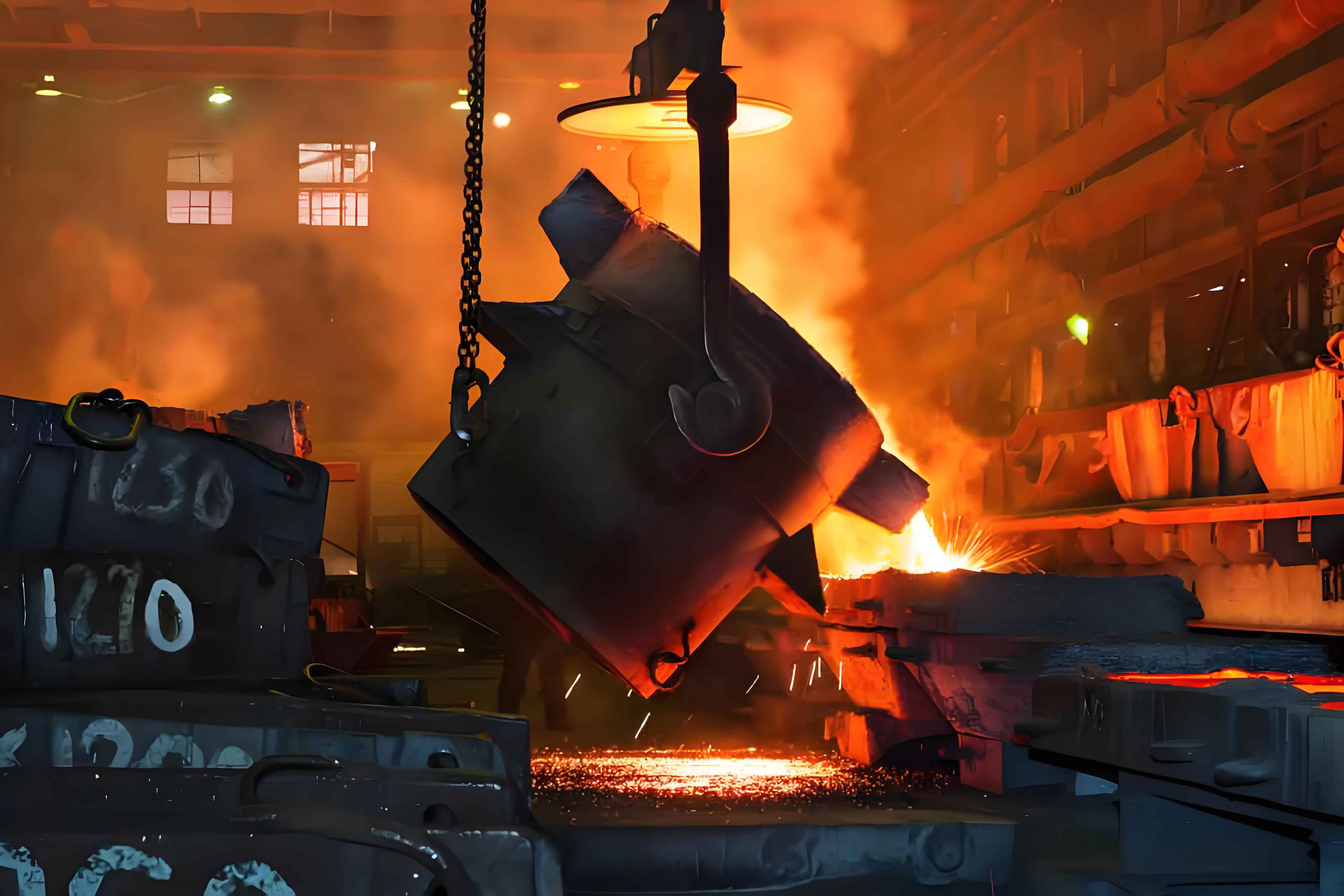Grey cast iron is a critical material in many industrial applications. However, its wear resistance can be a limiting factor in its performance. Heat treatment processes offer a way to enhance the wear resistance of grey cast iron, making it more suitable for demanding applications. This article presents a comparative analysis of wear resistance in grey cast iron subjected to different heat treatment processes.

Introduction
Grey cast iron, with its characteristic graphite flake structure, is widely used in automotive, machinery, and construction industries. The inherent properties of grey cast iron, such as its good castability and excellent vibration damping, make it a popular choice for many components. However, improving its wear resistance through heat treatment processes is essential to extend its application range and enhance its performance.
Heat Treatment Processes
- Annealing:
- Process: Involves heating the cast iron to a specific temperature and then cooling it slowly.
- Objective: Relieve internal stresses, improve machinability, and enhance ductility.
- Effect on Wear Resistance: Generally improves toughness but may not significantly enhance wear resistance.
- Normalization:
- Process: Heating the cast iron to a temperature above its critical range followed by air cooling.
- Objective: Refine grain structure, increase strength, and hardness.
- Effect on Wear Resistance: Enhances both strength and wear resistance due to a more uniform microstructure.
- Quenching and Tempering:
- Process: Heating the cast iron to a high temperature and then rapidly cooling it (quenching), followed by reheating to a lower temperature (tempering).
- Objective: Increase hardness and strength, reduce brittleness.
- Effect on Wear Resistance: Significantly improves hardness and wear resistance while maintaining adequate toughness.
- Austempering:
- Process: Heating to a high temperature, then quenching in a salt bath maintained at a specific temperature, resulting in a bainitic structure.
- Objective: Achieve a bainitic microstructure that combines strength and toughness.
- Effect on Wear Resistance: Provides a superior combination of wear resistance and toughness.
Comparative Analysis
Methodology
To compare the wear resistance of grey cast iron under different heat treatment processes, samples were prepared and subjected to the following tests:
- Microhardness Testing: To measure surface hardness.
- Pin-on-Disk Wear Testing: To assess wear resistance by measuring the volume loss under controlled conditions.
- Microstructural Analysis: Using optical microscopy to observe changes in microstructure.
Results
| Heat Treatment Process | Microhardness (HV) | Wear Rate (mm³/Nm) | Microstructure |
|---|---|---|---|
| As-Cast | 180 | 5.2 x 10^-3 | Flake graphite in ferritic matrix |
| Annealing | 160 | 4.8 x 10^-3 | Spheroidized graphite, ferritic matrix |
| Normalization | 220 | 3.5 x 10^-3 | Refined pearlitic matrix |
| Quenching and Tempering | 300 | 2.2 x 10^-3 | Martensitic matrix with tempered graphite |
| Austempering | 280 | 1.8 x 10^-3 | Bainitic structure |
Detailed Analysis
- As-Cast Grey Cast Iron:
- Microhardness: 180 HV
- Wear Rate: 5.2 x 10^-3 mm³/Nm
- Microstructure: The as-cast condition exhibits a ferritic matrix with flake graphite, providing good machinability but lower wear resistance.
- Annealed Grey Cast Iron:
- Microhardness: 160 HV
- Wear Rate: 4.8 x 10^-3 mm³/Nm
- Microstructure: The spheroidized graphite in a ferritic matrix results in improved ductility and toughness, but wear resistance sees only marginal improvement.
- Normalized Grey Cast Iron:
- Microhardness: 220 HV
- Wear Rate: 3.5 x 10^-3 mm³/Nm
- Microstructure: Normalization refines the grain structure, leading to a more uniform and harder pearlitic matrix, thereby enhancing wear resistance.
- Quenched and Tempered Grey Cast Iron:
- Microhardness: 300 HV
- Wear Rate: 2.2 x 10^-3 mm³/Nm
- Microstructure: The martensitic matrix formed during quenching provides high hardness, and tempering reduces brittleness, resulting in significantly improved wear resistance.
- Austempered Grey Cast Iron:
- Microhardness: 280 HV
- Wear Rate: 1.8 x 10^-3 mm³/Nm
- Microstructure: The bainitic structure obtained from austempering offers an optimal balance of strength, toughness, and wear resistance, making it the most effective heat treatment process for enhancing wear resistance in grey cast iron.
Case Studies and Applications
- Automotive Industry:
- Brake Rotors: Austempered grey cast iron is increasingly used for brake rotors due to its excellent wear resistance and toughness, providing longer service life and better performance under high-stress conditions.
- Machinery Components:
- Gear Housings: Quenched and tempered grey cast iron is ideal for gear housings, offering high hardness and wear resistance necessary for prolonged operation in harsh environments.
- Construction Equipment:
- Excavator Teeth: Normalized grey cast iron is used in excavator teeth, where a balance between toughness and wear resistance is required to withstand the abrasive nature of soil and rocks.
Future Trends and Research
- Nanostructured Coatings:
- The application of nanostructured coatings on grey cast iron components is being explored to further enhance wear resistance and extend the lifespan of critical parts.
- Hybrid Heat Treatments:
- Combining different heat treatment processes, such as quenching followed by austempering, is a potential area of research to achieve even higher performance in wear resistance and mechanical properties.
- Sustainability and Energy Efficiency:
- Research into more energy-efficient heat treatment processes and the use of sustainable materials and methods is ongoing to reduce the environmental impact of enhancing grey cast iron.
Conclusion
The comparative analysis of wear resistance in grey cast iron under different heat treatment processes reveals that austempering offers the best combination of wear resistance, toughness, and overall performance. Each heat treatment process provides specific benefits and is suitable for particular applications depending on the required properties. As the demand for high-performance materials continues to grow, ongoing research and advancements in heat treatment technologies will play a crucial role in further enhancing the mechanical properties of grey cast iron, ensuring its continued relevance and utility in various industrial applications.
